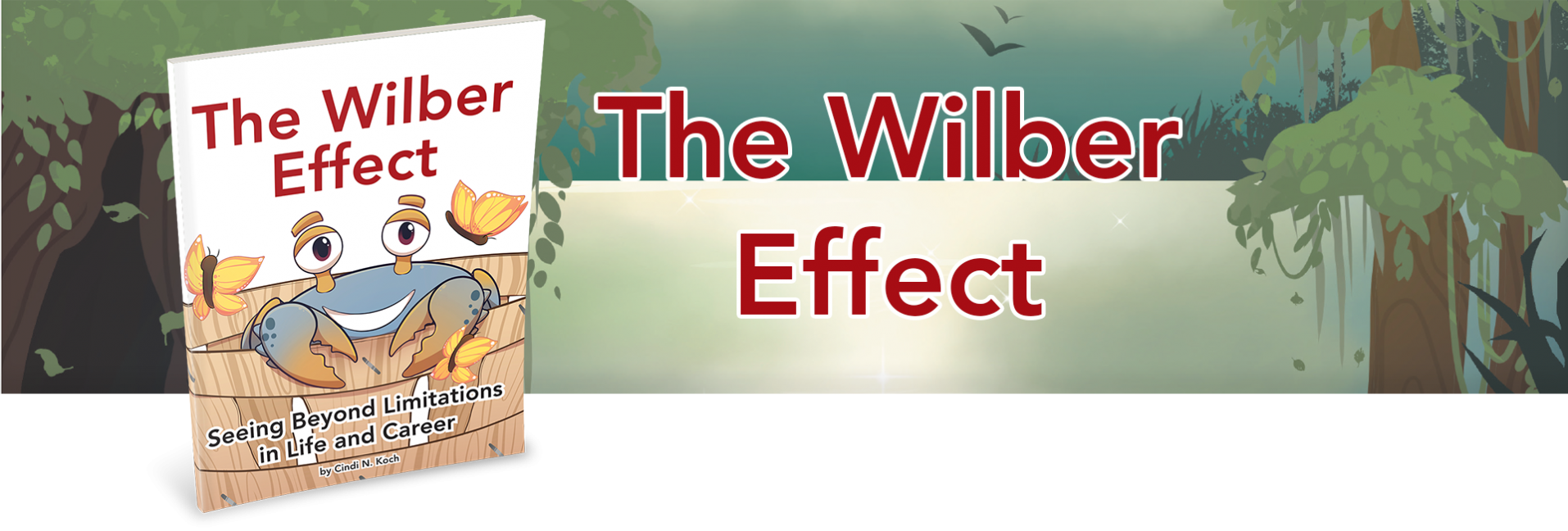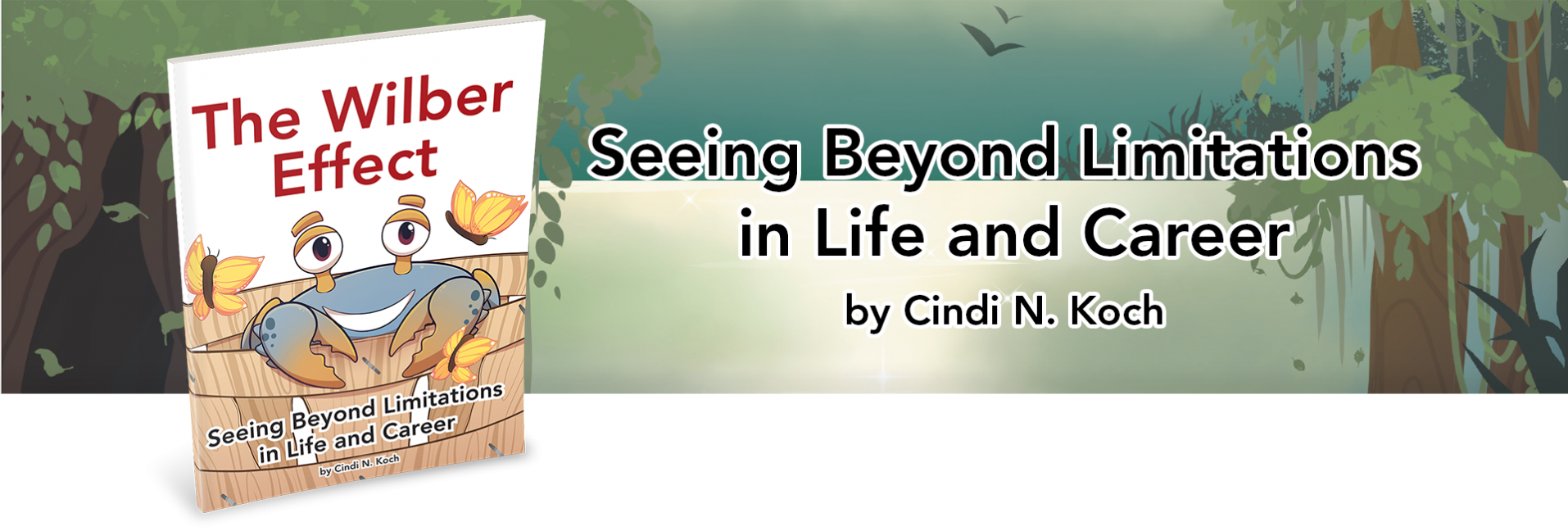Nature when left to itself is always working to achieve balance. Humans not so much.
Last week I ended the blog pointing out that contrast is a valid teacher in all areas. Shortly after, I had a conversation with a person who works in customer service. Very eye opening! She told me that just from the way a person introduced themselves, 100% of the time she could accurately tell if caller was looking for a solution or angry and wanting to tell someone about their grievance.
As you could guess, the calls that were successfully satisfied were not from the angry group. When I asked her how she dealt with the constant possibility of an angry caller, she said, “I pause before I answer the call, take a deep breath and smile. It is my method for defusing potential anger on the other end of the call. And it really works. My co-workers laugh at me, but I go home every day free of stress and grateful for my job.” She also added that she did not join in when the others talk about their crazy calls, almost trying to one up each other as to who had the worst calls of the day.
Why are we so willing to be pulled into discord?
Being mad creates a surge of energy, heart rates go up, blood flow increases and muscles tense. Anger over a prolonged length of time is harmful to our health! As justified as one might think they are for being mad, anger can hijack the ability to think clearly, which ultimately could lead to poor judgment and unwanted decisions. Unleashing anger doesn’t normally produce the sense of freedom, justice, or the catharsis that people who are lashing out crave. Instead, it tends to feed on itself.
Understanding anger- its roots, its triggers and its consequences is the best way to cultivate the ability to manage it. To see the way forward, you’ll need to move away from conventional wisdom. While getting mad is a normal reaction, staying in a frenzy is not a productive response.
According to a Psychology Today article, anger is one of the basic human emotions and equal to happiness, anxiety, sadness, or disgust. It is related to the “fight, flight or freeze” response of the sympathetic nervous system.
There are many ways to describe anger. My favorite is simplistic; 1- the build-up, 2- the spark, 3-the explosion, and 4- the aftermath. How effectively we stop this progression at 2 determines how we prevent succumbing to unhealthy anger.
As a final pint, the last year and a half has re-emphasized that communicating on devices is totally different than communicating face to face. Less than “civil discourse” has become easier to fall into as we become more removed from each other. We have been forced inward to reassess and redefine ourselves and our life. Finding ourselves in the web of anger can be an easy slide. Choosing to live life dazzled by joy and calm, as often as you can, leads to a great feeling. When the need for shifting energy presents itself, it is helpful to have a plan ready. Taking advice from my Customer Service friend, when confronted with potential conflict, pause, breathe, and ‘Just Smile’.
“Once you replace negative thoughts with positive ones, you’ll start having positive results.” ~~ Willie Nelson
Love to all,
Cindi
“It All Starts With YOU!”
Recent Posts
Recent Comments
Archives
- July 2022
- June 2022
- May 2022
- April 2022
- March 2022
- December 2021
- November 2021
- October 2021
- September 2021
- July 2021
- June 2021
- May 2021
- April 2021
- March 2021
- February 2021
- January 2021
- December 2020
- November 2020
- October 2020
- September 2020
- August 2020
- July 2020
- June 2020
- May 2020
- April 2020
- March 2020
- May 2019
Categories
About the author
Cindi N. Koch is a licensed massage therapist with more than twenty years of experience and passion in helping people live healthier lives.
Calendar
| M | T | W | T | F | S | S |
|---|---|---|---|---|---|---|
| 1 | 2 | 3 | 4 | 5 | 6 | |
| 7 | 8 | 9 | 10 | 11 | 12 | 13 |
| 14 | 15 | 16 | 17 | 18 | 19 | 20 |
| 21 | 22 | 23 | 24 | 25 | 26 | 27 |
| 28 | 29 | 30 | ||||




